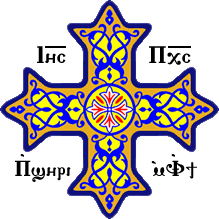| Image via Wikipedia |
This does not mean that a religious view is always on the level of the mythical/mystical level of understanding or that secular views are always generic/mundane. Someone who takes miraculous language literally (it says Jesus turned water into wine and therefore actual water became actual wine) is rendering that teaching in an ordinary mode of perception, while someone who takes everyday language poetically (such as someone who feels a new sense of depth and interconnectedness upon hearing that we are all made of star dust) is rendering that teaching in an extraordinary mode of perception.
The more inclusive mode has been referred to by teachers such as Thich Nhat Hahn as the ultimate perspective and the more restrictive mode has been dubbed the relative perspective. The challenge for interpreting Biblical texts with this approach to determine which passages and images should be taken from the ultimate perspective and which from the relative.
Take the figure of Jesus and the symbolism of his Cross, for example.

